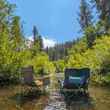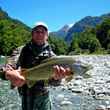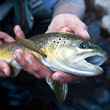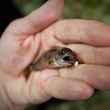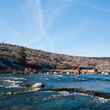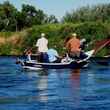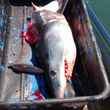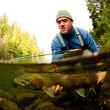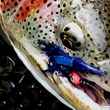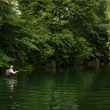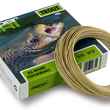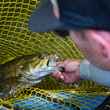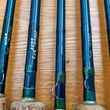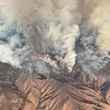Some time ago, I was introduced to several new products from an ambitious and innovative fly reel company from southwest Montana known as Bozeman Reel Company. Though Bozeman Reel Company has since expanded their offerings to include other fly fishing products and now goes by the moniker Bozeman Fly Fishing, their primary focus remains on their premium reels which are made entirely in Montana at their Bozeman headquarters. In early May I visited Bozeman Fly Fishing's headquarters to witness first-hand how their fly reels are made. Owner Dan Rice showed me around the machine shop, where we walked through the production process in detail from start-to-finish.
Attention to detail and high quality craftsmanship comes through in their production process – from the caliber of Montana-made materials they use in production to the careful inspection given throughout the entire process to ensure a consistent, superior finished product. And, as a fly reel company owned and operated by fly fisherman, Bozeman fly fishing knows very well how important a fly reel with a smooth, fish-stopping drag is to landing the big one.
Making a fly reel is complicated business. Each reel assembly is composed of 37 parts. According to Rice, eighteen of those, mainly major parts such as the spool, housing, drag knob, and handle, require some level of machining.

